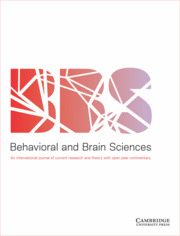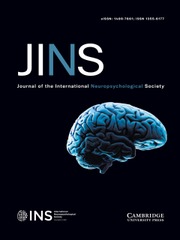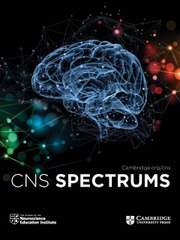Cranial Nerves
Cranial nerves are involved in head and neck function, and processes such as eating, speech and facial expression. This clinically oriented survey of cranial nerve anatomy and function was written for students of medicine, dentistry and speech therapy, but will also be useful for postgraduate physicians and GPs, and specialists in head and neck healthcare (surgeons, dentists, speech therapists etc.). After an introductory section surveying cranial nerve organisation and tricky basics such as ganglia, nuclei and brain stem pathways, the nerves are considered in functional groups: (1) for chewing and facial sensation; (2) for pharynx and larynx, swallowing and phonation; (3) autonomic components, taste and smell; (4) vision and eye movements; and (5) hearing and balance. In each chapter, the main anatomical features of each nerve are followed by clinical aspects and details of clinical testing. Simple line diagrams accompany the text. Detailed anatomy is not given.
- Contains sections on cranial nerve organisation and on how to test cranial nerves
- Nerves considered in functional groups, not simply I-XII
- Simply and clearly illustrated throughout with line drawings
Product details
November 2005Adobe eBook Reader
9780511131363
0 pages
0kg
30 b/w illus. 9 tables
This ISBN is for an eBook version which is distributed on our behalf by a third party.
Table of Contents
- List of figures
- List of tables
- Acknowledgements
- Preface
- Part I. The Organisation of the Cranial Nerves:
- 1. General considerations
- 2. Cranial nerve motor fibres and nuclei
- 3. Cranial-nerve motor pathways
- 4. Cranial nerve sensory fibres, nuclei and tracts
- Part II. Trigeminal, Facial and Hypoglossal Nerves:
- 6. Cutaneous sensation and chewing
- 7. The trigeminal nerve
- 8. The opthalmic nerve
- 9. The maxillary nerve
- 10. The mandibular nerve
- 11. The facial nerve
- 12. The hypoglossal nerve
- Part III. Glossopharyngeal, Vagus and Accessory Nerves:
- 13. Swallowing, speaking, Broca's area
- 14. The glossopharyngeal nerve (IX)
- 15. The vagus nerve (X)
- 16. The Accessory nerve (XI)
- Part IV. Autonomic Components, Taste and Smell:
- 17. Parasympathetic componenets and taste sensation
- 18. Smell - the olfactory nerve (I)
- 19. The sympathetic nervous system in the head
- Part V. Vision, Eye Movements, Hearing and Balance:
- 20. The optic nerve (II)
- 21. The oculomotor (III), trochlear (IV) and abducens (VI) nerves
- 22. Visual reflexes, the control of eye movements, clinical testing of II, III, IV and VI
- 23. The vestibulocochlear nerve (VIII) and auditory and vestibular pathways
- Further reading
- Index.










